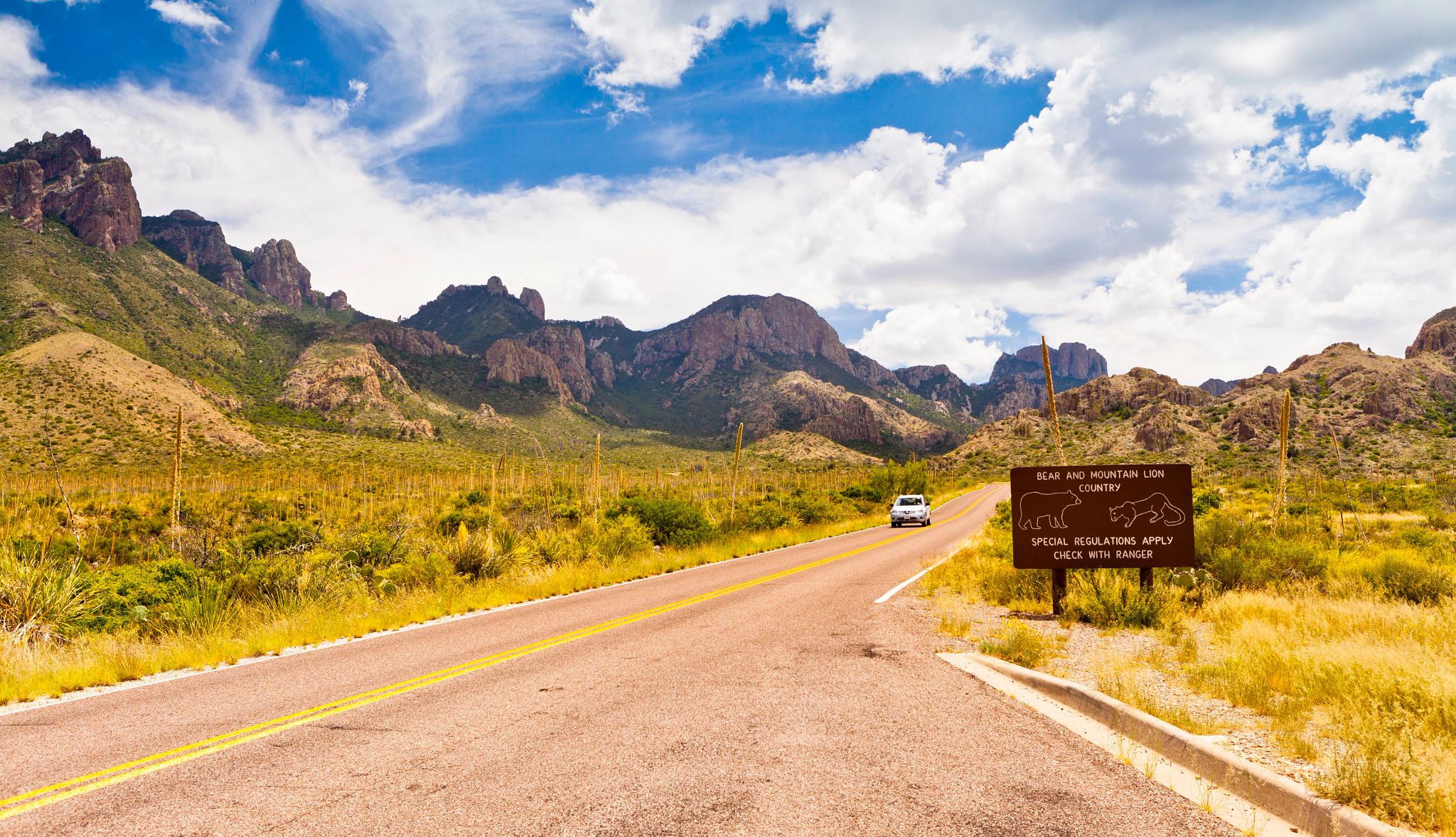3. Prep your car.
“At AAA, we tell drivers to make a good ‘BET’ to reduce the risk of a roadside emergency by having a vehicle’s Battery, Engine and Tires checked by a trusted mechanic before embarking,” Molina says. The most common repairs done at AAA-approved garages are electrical ones, especially involving battery failure.
4. Pack a roadside emergency kit.
Bring your license, vehicle registration and insurance documents, of course. But also don’t forget a road atlas, cellphone charger, small amount of cash and coins for tolls, first aid kit, jumper cables, spare tire and tire-repair kit, one gallon per person of potable water, and a small cooler with nonperishable snacks, Dunham says. It also can't hurt to throw a blanket in the trunk if you're traveling in winter.
5. Add side trips to your itinerary.
It’s perhaps too easy to get locked in on your journey’s ultimate end, at the risk of missing worthwhile secondary stops. There are some fantastic museums and monuments, for instance (in the Midwest consider the National Veterans Memorial and Museum in Columbus, Ohio, among many others). And if you’re headed west to Wyoming’s Yellowstone National Park, you might detour to South Dakota’s Black Hills to see the Crazy Horse monument, Devil’s Tower and Mount Rushmore — not to mention the offbeat local restaurants and small towns you can find if you slow down a bit.
6. Consider an epic road trip that’s all about the route.
Some of the best trips are more about the road you travel than some final stop. Classics include Route 66, of course; the 3,600-mile Great Northern Route tracking U.S. Route 2 from Maine to Washington state; the 2,000-mile Great River Road, following the Mississippi from its Minnesota source to the Gulf of Mexico; and the Oregon Trail.
7. Be realistic about your total mileage.
The distance you can cover in a given journey varies by personal needs and abilities, as well as how many detours and stops you want to include. “For a 14-day trip, you can reasonably do 1,600 to 1,800 total miles, and in some cases, 2,000 miles,” says Dunham. “For a shorter three-day trip, plan for 200 to 300 miles.” Journeys mostly traversing rural interstates can cover more total ground than those focusing on harder-to-navigate byways and side roads. If you’re overambitious about mileage, you risk turning what could be a fun adventure into a seat-numbing ordeal.
8. Don’t try to cover too many miles in a single day, either.
Drowsy driving is dangerous. You typically need at least seven hours of sleep nightly to keep the daytime driving nods at bay, Molina notes. Again, much depends on circumstances and personal preferences and tolerances. Revolinski says he may spend an initial eight to 10 hours behind the wheel to kick off a trip west from Madison, just to get past the bulk of the plains. “So day one can be long,” he says. Once into the meat of the trip, he might only drive three hours in day, depending on how he feels.
9. Make regular stops.
Regular stops help you stay alert and keep you enjoying the drive, Molina says. “To remain alert, pull over every two hours or 100 miles for a quick stretch and, if possible, take turns driving with an alert passenger,” he advises.
10. Don’t rule out more frequent stops or detours if something looks inviting.
A one-of-a-kind roadside café is more likely to contribute a lasting memory than the McDonald’s originally planned for a quick lunch break, Revolinski notes. “I like to stop at things I’ve discovered randomly, like roadside attractions or a particular restaurant,” he says.
Freelance writer Mark Henricks has logged more than 15,000 miles through 15 states in his 20-foot travel trailer. His work has appeared in many publications, including Men’s Health, National Geographic Kids and the Wall Street Journal.

































.jpg?crop=true&anchor=13,195&q=80&color=ffffffff&u=lywnjt&w=2008&h=1154)






























